
Bugs got you down? Are you in need of a pest inspection? Maybe you are buying or selling a home and need to make sure it is free of infestation. Perhaps you have seen those tell-tale signs of unwanted guests.
Whatever the reason, Environmental Pest Management is there to address your concerns. We have been in the pest control industry since 1986. You can trust us to solve the problem safely, effectively, and for the long-term.
We will walk you through step by step on what to expect with a pest inspection, so you are free of the unexpected.
What is a Pre-Purchased Versus Routine Pest Inspection?
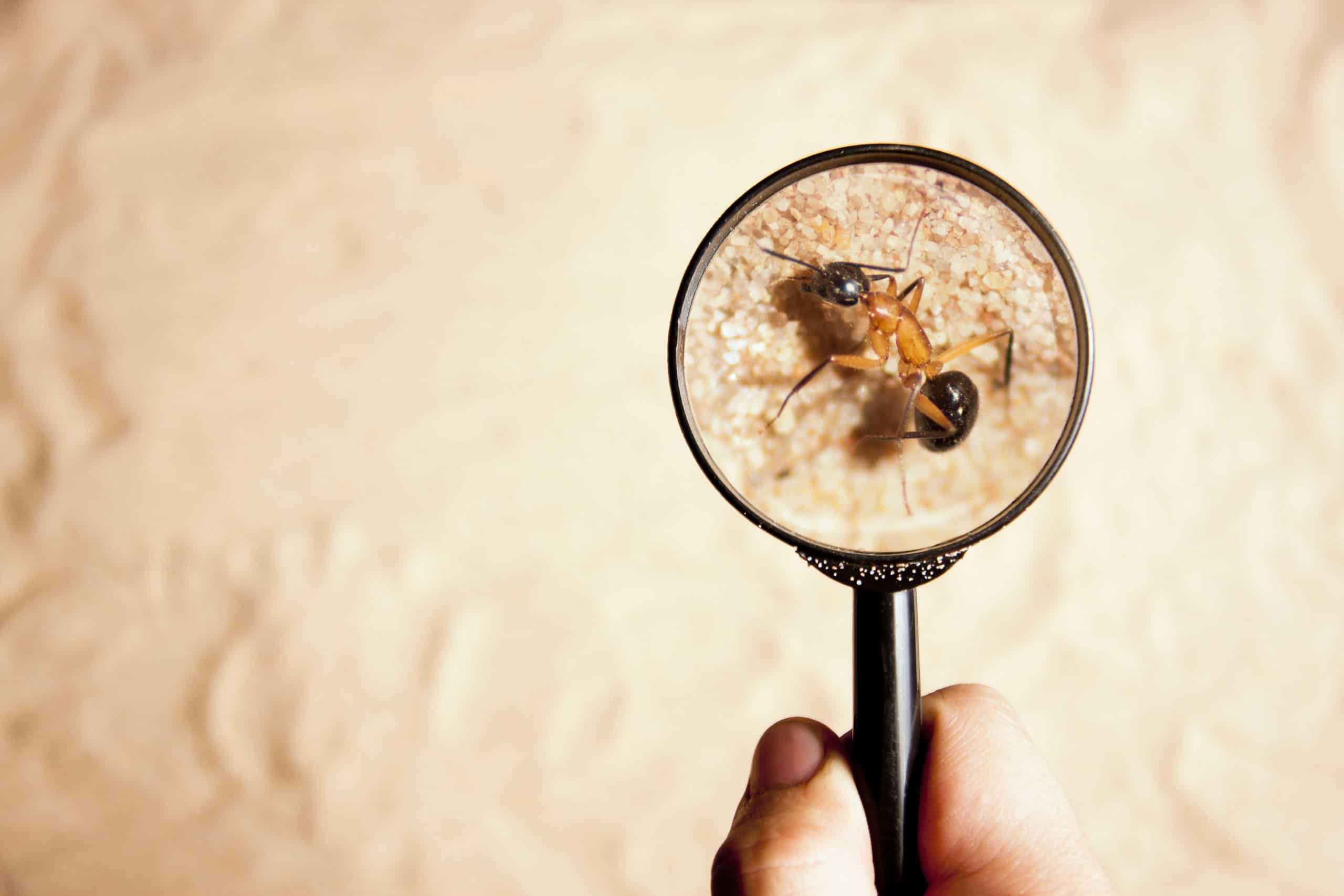
There are two types of pest inspections, pre-purchased and routine. Pre-purchased are usually done with the sale or purchase of a new home. The state sometimes requires them; however, it is dependent upon where you live.
With a pre-purchased inspection, professionals usually inspect before an offer is made on a home. Repairs from pests can be expensive, so a check can identify any issues and give a bargaining tool if necessary. It also eliminates any surprises before moving as no one wants to find out about a termite infestation after it’s too late.
Routine inspections are completed at regular intervals, often annually. Having a routine inspection identifies issues before they cause expensive damage. Routine inspections can also identify construction faults, drainage, and environmental conditions that put you at risk for pests.
What Does a Technician Do During an Inspection?

A master technician will have the knowledge and experience to do a proper pest inspection. The inspection will include a strategic evaluation of the home, inside and out, to identify areas of concern. Technicians will look for evidence of an infestation, wood decay, fungi, and mold.
The technician is going to look for evidence of past pest activity and risks for future infestations. Special tools such as moisture meters, motion detectors, and thermal imaging are used to identify areas of concern.
Using the tools and their eye, technicians will evaluate the following:
- Rooms of the home
- Subfloors
- Roof Voids
- Outbuildings such as sheds
- Fences
- Stumps
- Retaining Walls
The pest inspection will likely take two hours or more depending on the home and land size. Detailed notes and photographs finalize a report before any steps of action.
What Do I Need to Know About Pest Inspection Tools?
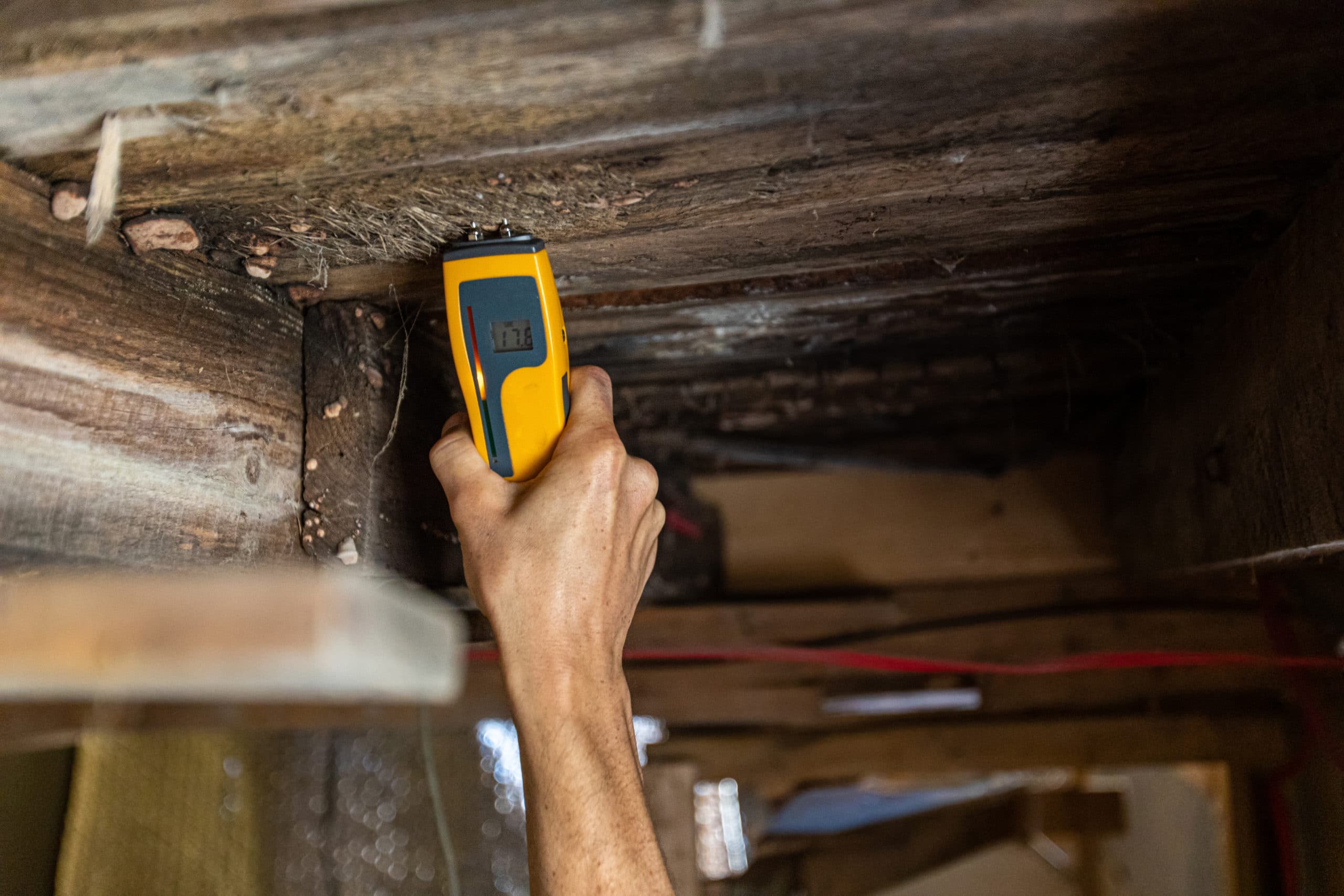
The technician will use high-tech equipment to assess the pest activity within and around the home.
Experts include the following tools in a pest inspection:
- Thermal imaging cameras to locate nests and activity
- Moisture meters to assess moisture levels in the walls as pests love moisture and humidity
- Termatrac microwave radar detection units that can track termites in the wall and find nests
- Heinemann boroscopes which help find live ants and any damage they may have caused
However, the best tool technicians have is their own eyes. Experienced technicians know what to look for and can often find subtle signs of pest activity. They may identify:
- Dirt or mud in corners of rooms or along baseboards
- Electrical issues and faulty plugs caused by pest activity
- Damage to wood or plaster
They may also ask for help for damage or concern areas you have identified. It is your home, and you know it best.
Should I Be Present for the Pest Inspection?
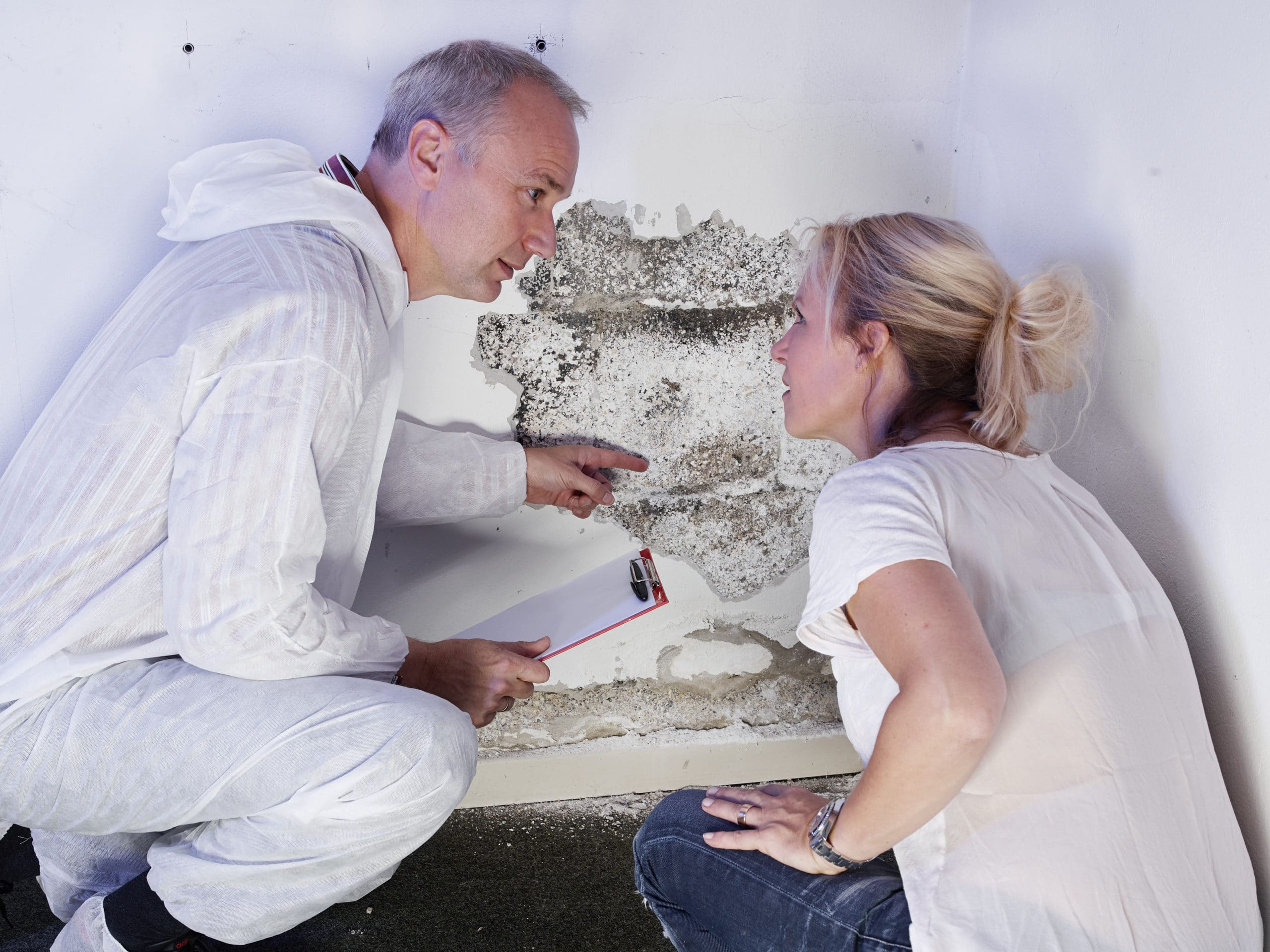
It is best if you are present for the pest inspection. Technicians appreciate your presence as you can point out concerns, and they can explain problems to you on the spot.
If you cannot be present during the inspection, it is essential to make sure the technician provides you with a detailed report identifying current and potential concerns.
What Should I Look For in a Pest Report?
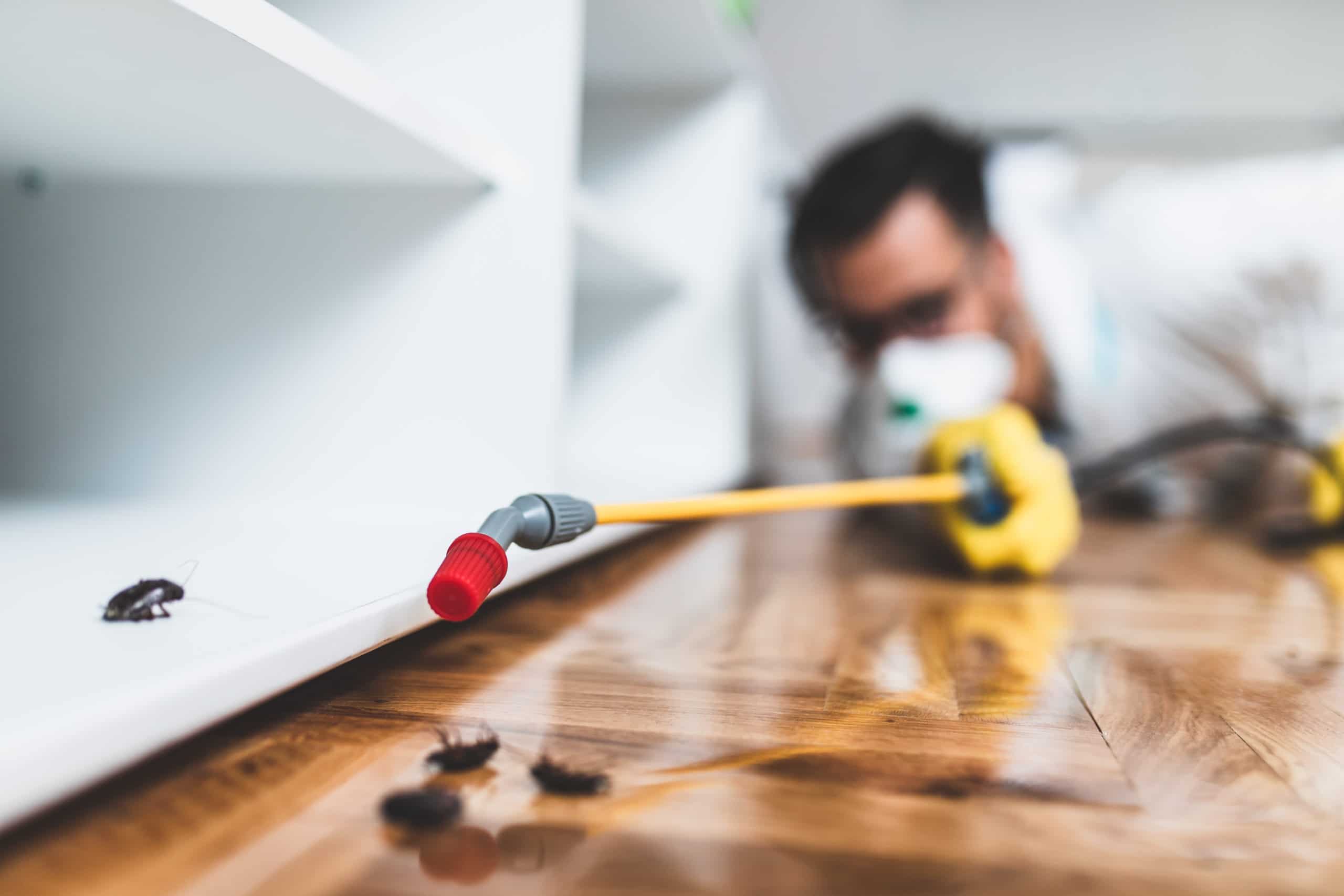
Pest reports should identify concerns and list recommendations to fix problems. Reports may identify areas that need further investigation, such as spots they could not access.
Technicians include pictures in the report. Photographs help to give evidence to the issue. You’ll have a better understanding of the treatment plan.
The report should identify concerns such as building faults, drainage problems, or environmental issues that make you vulnerable to pests. The information will also include recommended treatment and cost.
The report should be available to you promptly, usually within 24 hours. Technicians will be accessible to address any questions or concerns.
You must understand the report; ask questions if you do not. It should give you a better understanding of the home, property, and pest infestation damage.
How Are Pests Exterminated?
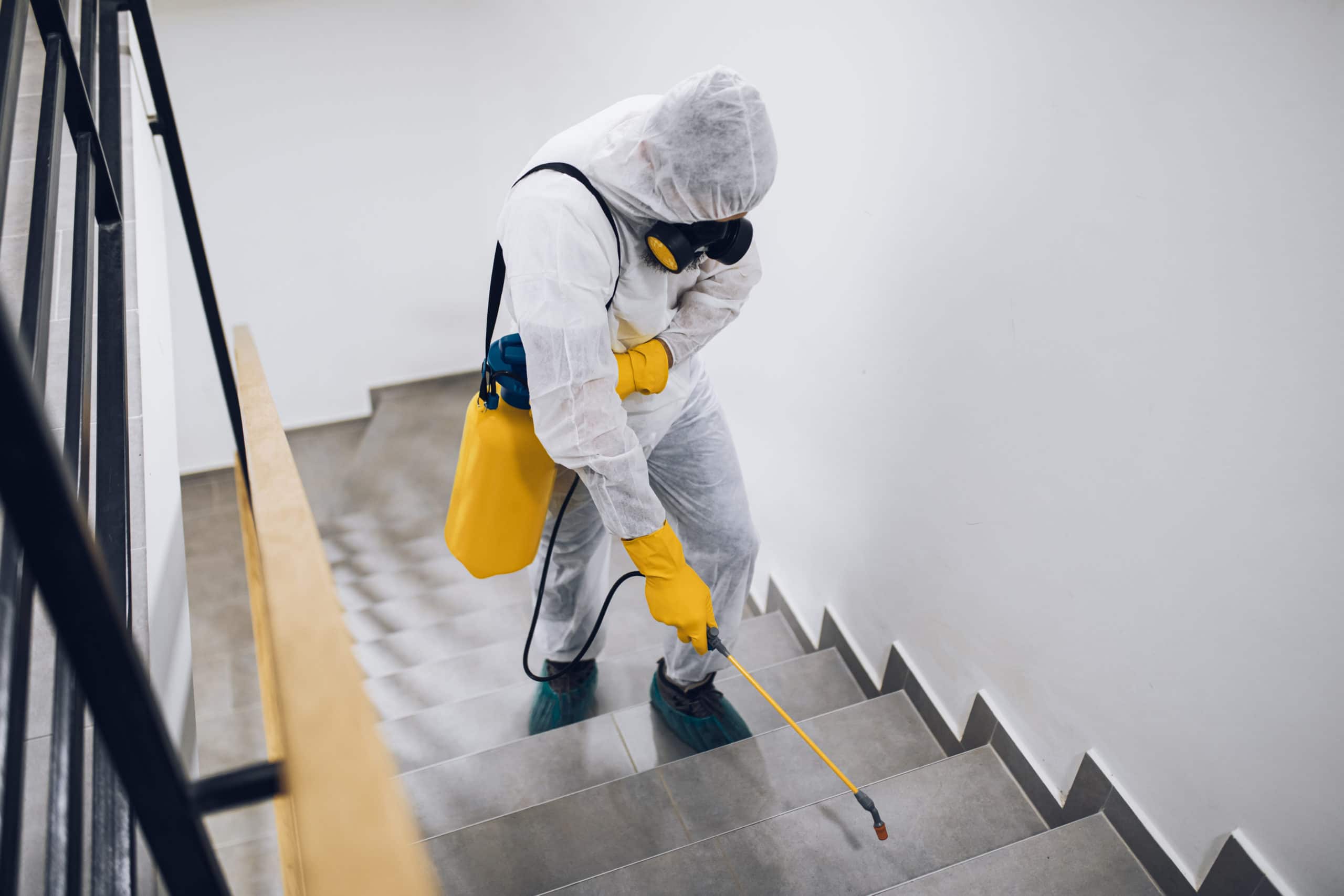
Usually, the home will not be tented. Many of the products used now for extermination are effective without tenting. The chemicals used are less harmful than in the past.
Why was tenting used in the past? It used to be the only way to get rid of pests. Tenting was sufficient, but the chemicals used were toxic and unsafe.
Additionally, the exterminator will remove decaying wood. Removal may involve tearing out overhangs, part of roof extensions, window sills, support beams, flooring, or siding.
Sometimes only a piece of the wood is removed. Communicate with the experts as to what they are removing or replacing.
Make Sure You Use a Reliable Company With Experience in the Industry

Experience is the crucial factor of a reliable pest inspection. The technicians at Environmental Pest Management will solve the problem by identifying the source of the issue. By addressing the what, why, how, and when, we can find a solution for your pest concerns.
The experts at Environmental Pest Management use Integrated Pest Management (IPM). IPM is a practical and environmentally sensitive approach that relies on a combination of common-sense practices. IPM programs use current and comprehensive information on pests’ life cycles and how they interact with their environment.
Using IPM, we can manage pest damage ethically and economically.
Contact us today to book your free pest inspection. We will work to eliminate the pests in your life.
